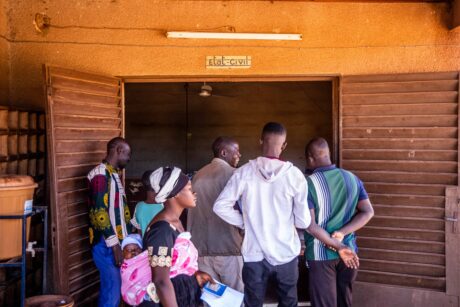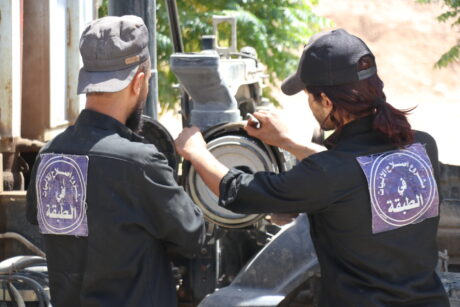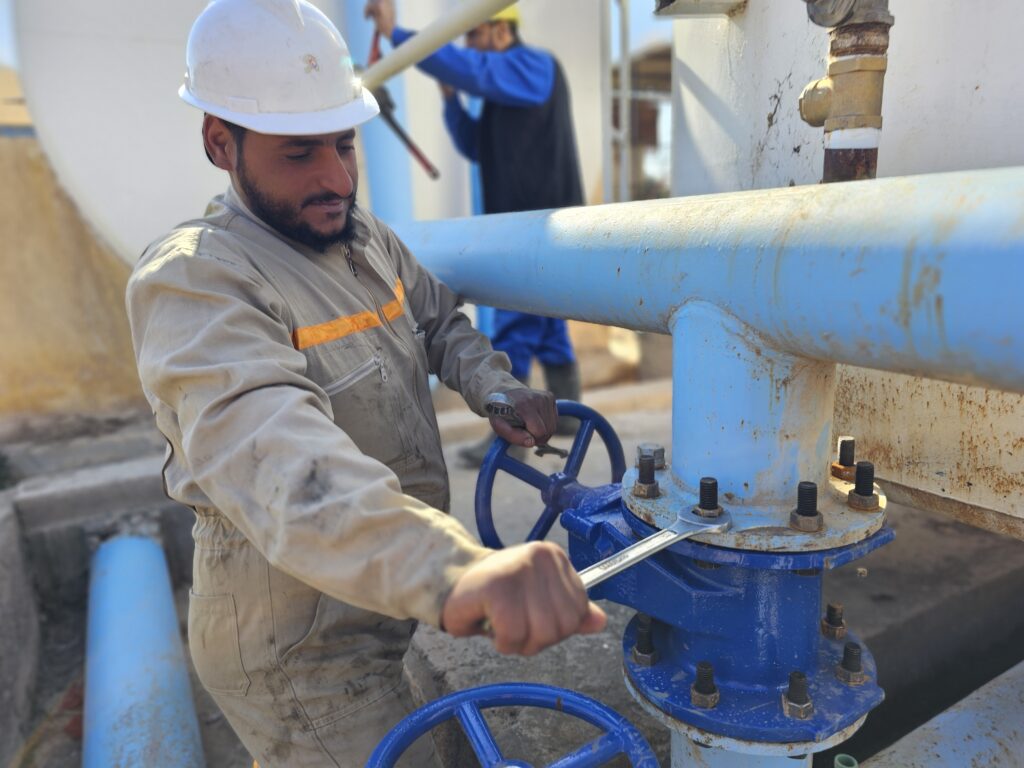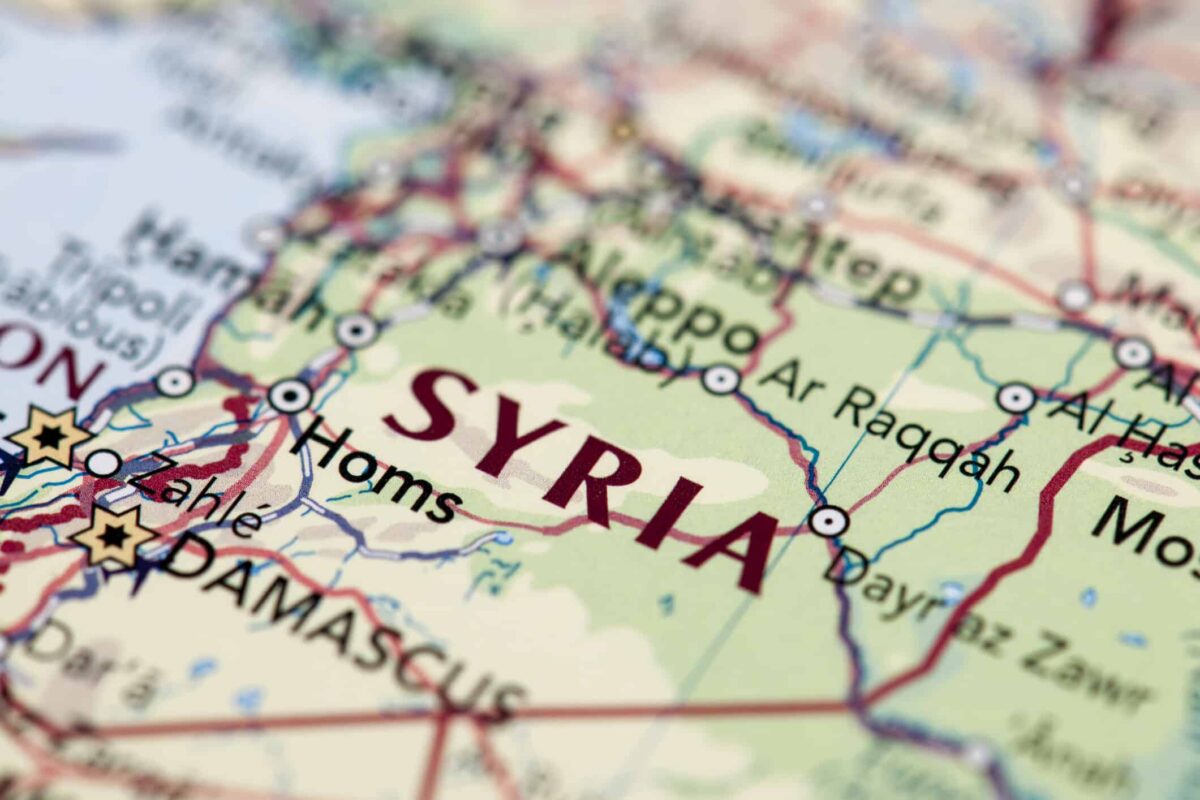A new U.S. State Department program designed to build the skills of local officials to better respond to their constituents needs and improve service delivery in liberated areas of northeastern Syria has been awarded to Creative Associates International.
Called the “Supporting Local Governance and Essential Services” in Syria program, the three-year cooperative agreement is intended to make public operations more responsive, transparent and accessible to citizens living outside the regime’s control in the northeastern part of the country. The program will emphasize marginalized communities – including women, youth and religious and ethnic minorities – to promote a more inclusive societal structure.
“This program will pursue locally devised and led initiatives that will build community relationships that lead to better delivery of municipal services in the liberated areas of Syria,” says Leland Kruvant, President & CEO of Creative. “We are proud to bring in our technical expertise to support the Syrians as they move forward.”
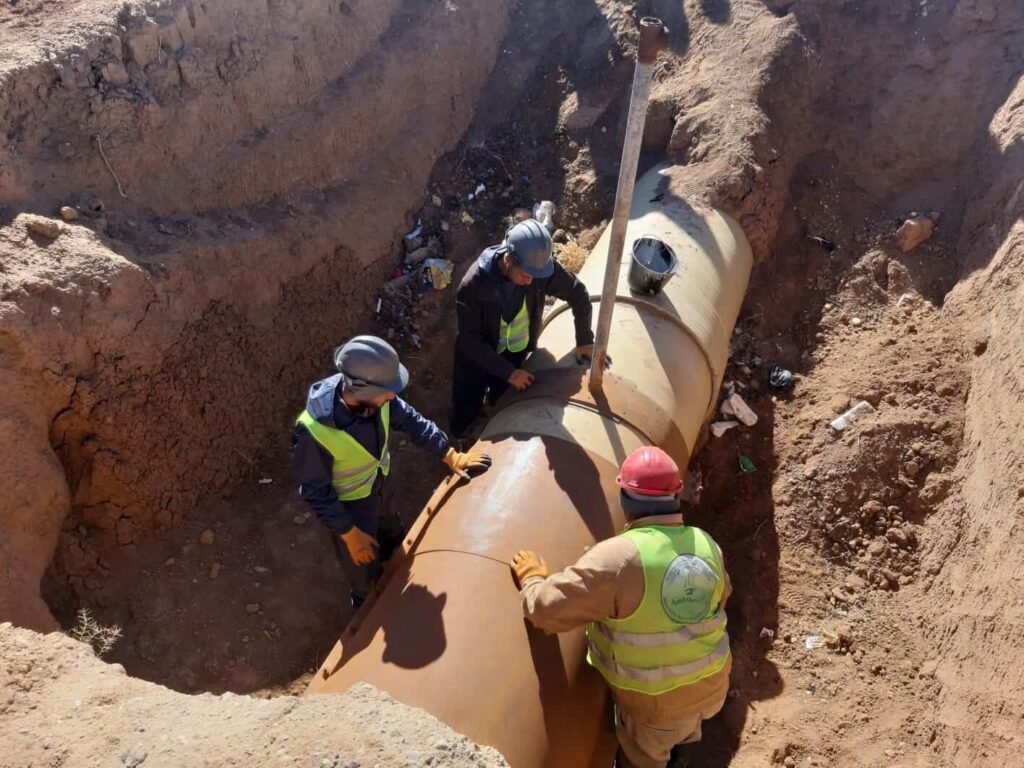
Five Focus Areas
In addition to building the skills of local governance actors, the program has four other core areas of programming: Restoring and providing essential services, focusing on activities such as water, sanitation, waste management, electricity and road rehabilitation interventions; supporting firefighting teams throughout the region to enhance emergency preparedness and response capabilities; promoting better coordination and transparency regarding the governance processes; and engaging with communities to foster active participation, inclusion and awareness of local governance initiatives.
“Creative is very excited to bring to bear our decades of local governance work, especially in conflict settings, and to add innovations in local capacity strengthening that bring together municipalities, civil society and the private sector in NE Syria to deliver essential public services to communities, sustainably and responsively,” says Sharon Van Pelt, Vice President and Senior Director of Creative’s Communities in Transition Division.
Popularly known as FURAT III, the new program derives its name from an Arabic word that means “sweet water,” which is also used by Syrians to refer to an area of the Euphrates Valley. FURAT III’s predecessors, FURAT and FURAT Plus, were implemented by Creative and local partners.
The two locally focused programs made strides in rebuilding parts of Syria, increasing interaction between citizens and governance bodies that ultimately benefited more than 2.5 million people. In terms of infrastructure, the two previous programs supported Syrians as they replaced or repaired 371 miles of water network and rehabilitated 129 miles of water canals, distributing 11.2 million cubic feet of water.
“FURAT III allows Creative to continue being a close partner with the U.S. State Department’s Near East Affairs Bureau and fulfill the parts of U.S. strategy in Syria focused on ensuring that no resurgence of ISIS is possible because of the stabilizing effects of good governance bettering the lives of the communities of northeastern Syria,” says Richard Jaskot, who lead’s Creative’s Stabilization Practice Area.
Jaskot says one of FURAT Plus’s successes was the Kahabur Project in which water from the Euphrates River now reaches Hasakah City. For the first time since liberation from ISIS, a canal pumps water to northeastern Deir Ezzor, benefiting around 365,000 people and 309,000 acres of farmland for residential and irrigation purposes.
Beyond rebuilding infrastructure, Jaskot says the previous programs changed the relationship between governing officials and constituents. FURAT embarked on a successful collaboration with local councils that established internal training mechanisms in Raqqa, Tabqa, Deir Ezzor, Manbij and Hasakah that reached thousands of individuals. This achievement is demonstrated by the observable behavioral changes in council staff and notable improvements in their skills.
